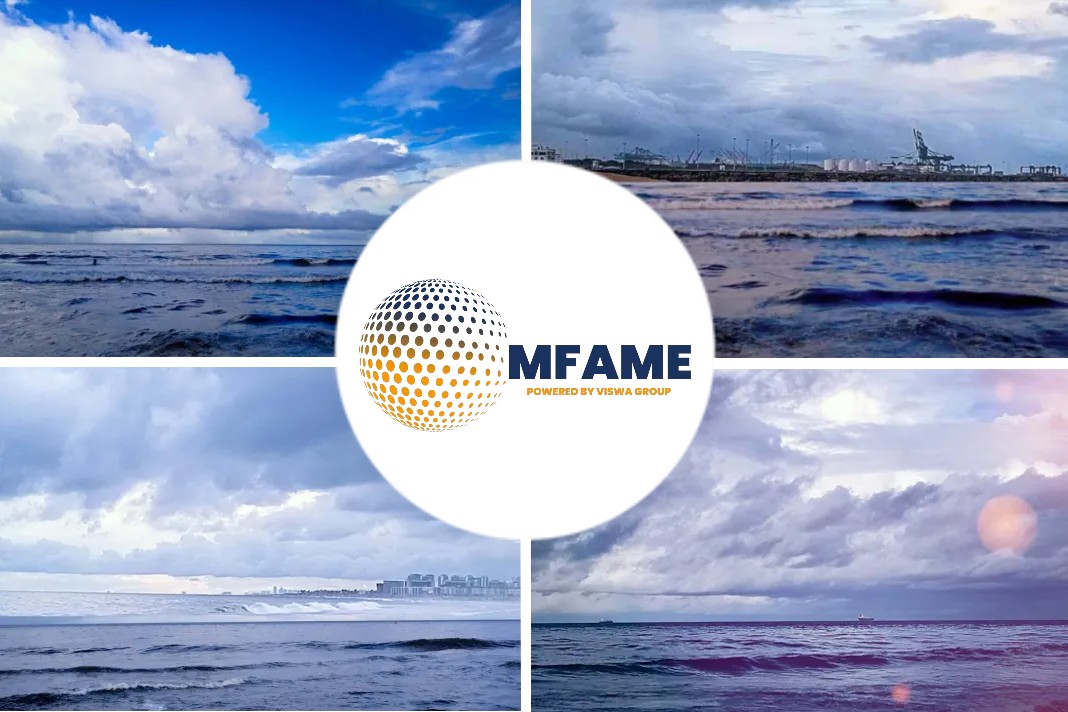Scrubbers have become the ultimate solution to IMO 2020 regulations. The utility of scrubber predates the kinds of scrubbers available in the market. With several coastal regions banning open-loop scrubbers, closed type scrubbers have gained an extra advantaged in this scrubbers debate. However, despite all this, few people actually know how a closed type freshwater scrubber actually function. Here’s an insight into that as demarcated by the US Environmental Protection Agency.
How is water treated in closed type scrubbers?
In a freshwater or “closed” type scrubber, freshwater treated with an alkaline chemical
such as caustic soda is used for neutralization and scrubbing.
As shown in Figure above, wash water is recirculated and any evaporative loss is replaced with additional fresh water. A small quantity of the washwater is bled off to a treatment plant and then discharged. Typically, closed freshwater systems have much smaller discharge rates than seawater scrubbers (approximately 0.1 to 0.3 m3/MWh) and treat a smaller volume of effluent (MEPC, 2008). Closed freshwater systems can periodically be operated in a “zero discharge mode” without discharging any wash water overboard (SSG, 2007).
When are they used?
Freshwater scrubbers are used when high-efficiency cleaning is needed or when the
variable alkalinity associated with seawater precludes the use of seawater scrubbers. The ability to operate an EGCS without discharging wash water for short periods of time, using available holding tank capacity, may be advantageous in water bodies that are especially sensitive or vulnerable, such as enclosed water bodies and/or those with low alkalinity. The SOx exhaust gas removal efficiency of a freshwater scrubber is typically greater than 90 percent and removal efficiencies as high as 97 percent can be obtained for exhaust from generator engines. The energy consumption of freshwater scrubbers is reported to be about 0.5 percent of the engine power output (Hatley, 2010).
If you have any picture based or text-based challenge that you want to share, email us at experts@mfame.guru.
Did you subscribe for our daily newsletter?
It’s Free! Click here to Subscribe!
Source: US EPA



















